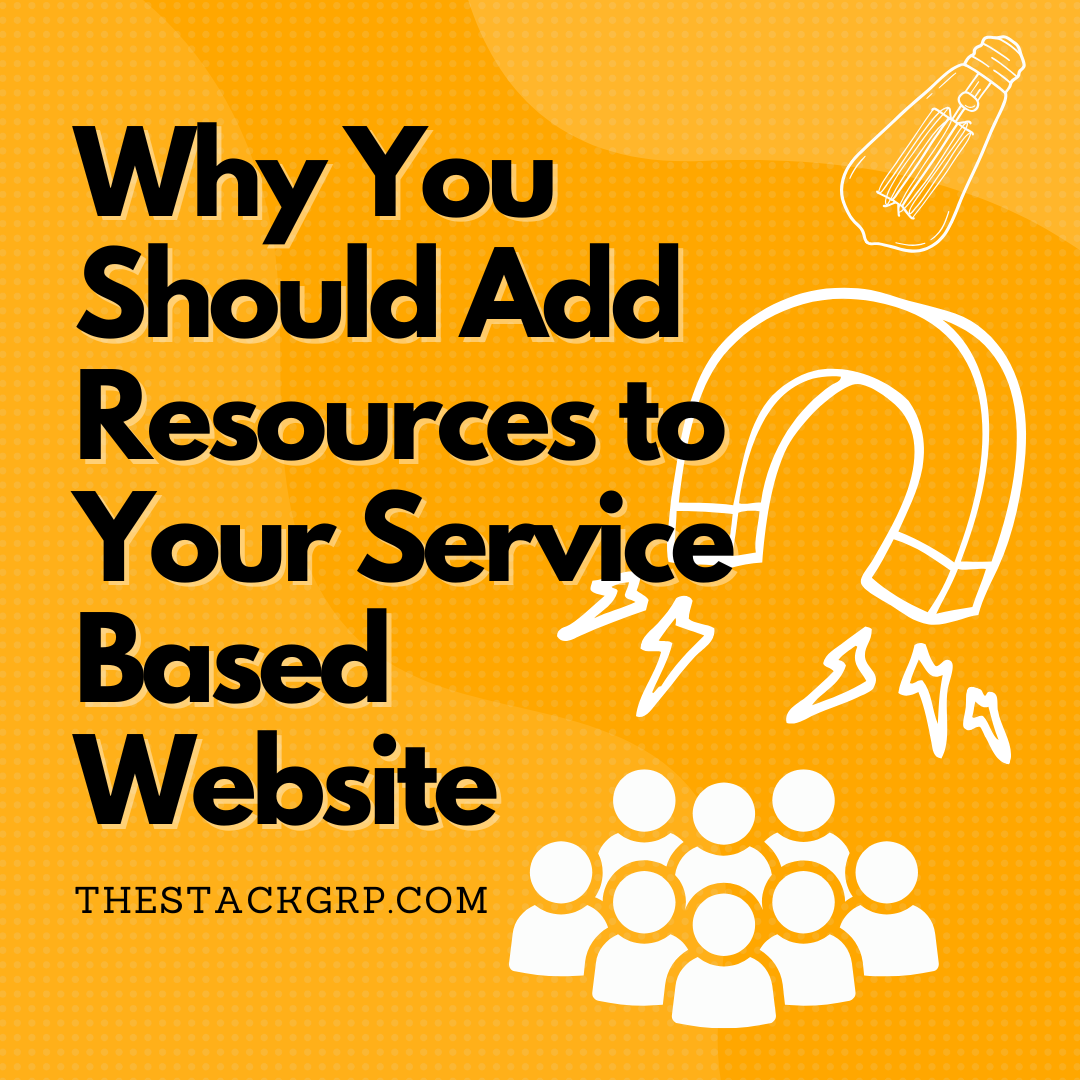Follow Us
Contact Us
3 Useful Tips on Making a Great Sitemap for Your Website
The key to better customer conversion is a well-made website. Many businesses are already prioritizing their digital platforms to create a seamless customer viewing experience. Since modern consumers are more invested in using online networks to transact with brands, businesses must learn to adapt to their needs. Business websites must meet their customer base with expertly designed websites to provide a seamless and hassle-free experience.
Developing convenient and easy-to-use websites
One of the many contributors to lower conversions and higher bounce rates is a poorly made website. A well-designed sitemap is an excellent way to plan your business website's different components. Doing so will create a comfortable experience for your customers as they go through their buyer's journey.
If you want to create a useful and compelling sitemap, here are three useful tips you should follow:
1. Assign your primary pages
Your primary pages will designate your website's main parts, like your Home, Products, Contact Us, and About Us pages. These are the top-level pages that will show up on your site's homepage and navigation menu. Your primary pages then branch out to different subsections to give relevant information to your users
When listing down your multiple primary pages, you should gauge whether the content they contain will impact your users' journey in a transaction. Put yourself in your customer's shoes and try to figure out what questions these pages need to answer. Remember that providing relevant information is one way to guide your users down your sales funnel.
2. Branch out your secondary pages with supplementary content
After figuring out your primary pages, your next objective is to align your secondary pages. When sorting these out, make sure that your pages thematically follow their primary pages. For example, your product catalog shouldn't be under your About Us page.
Your secondary pages should supplement the information that your primary pages are displaying. However, you shouldn't bombard your users with too much content. Consider using an expandable menu to guide your users with several sub-sections. Doing so will allow them to conveniently move from one page to another. The simpler your navigation tools are, the more likely your users will enjoy using your website.
3. Create a consistent and easily editable URL structure
Lastly, your pages should have a consistent URL structure. When designing your website, every element should contribute to more straightforward and easier navigation. Although it can seem trivial to label each of your URLs accordingly, it will pay off in the long term. For example, proper indexing for your URL will help you detect potential issues with your site during your web development's debugging phase.
Besides making it easier to make revisions on your pages, your URL structures will also contribute to your site's SEO. Search engine web crawlers will get better insights into your page's contents if all the elements contain a unifying theme. These bots can better understand how to index your content by making relevant connections among your image tags, keyword placements, and backlinking to other web pages.
Conclusion
With numerous brands competing for online users' attention, you must keep your competitive edge by having an easy-to-use website. A well-designed sitemap won't just improve your customer conversion rates; it will also enhance your visibility to search engine web crawlers.
Remember that it's an option to ask for help with professionals instead of relying on your in-house team to improve your website. The Stack Group is an
affordable SEO company in Massachusetts that specializes in collaborating with small businesses through SEO, social media management, and web design. Get in touch with us today, and we'll make sure to optimize your website's performance!
Questions? Have a project you're ready to launch?
Simply text our team at
(857) 256-1295 or send us a message!
Latest Articles



SERVICES
RESOURCES
ONBOARDING

